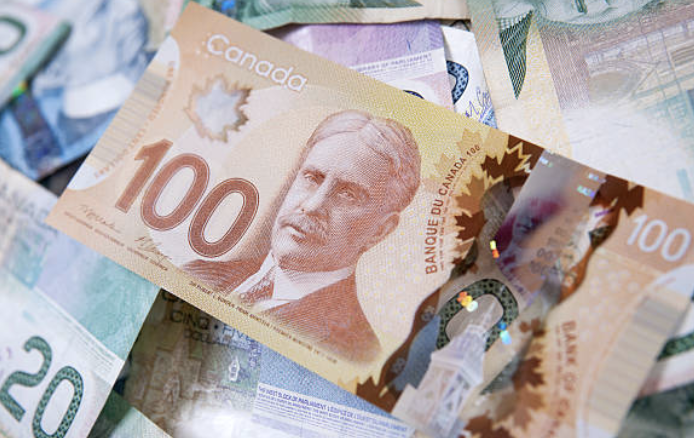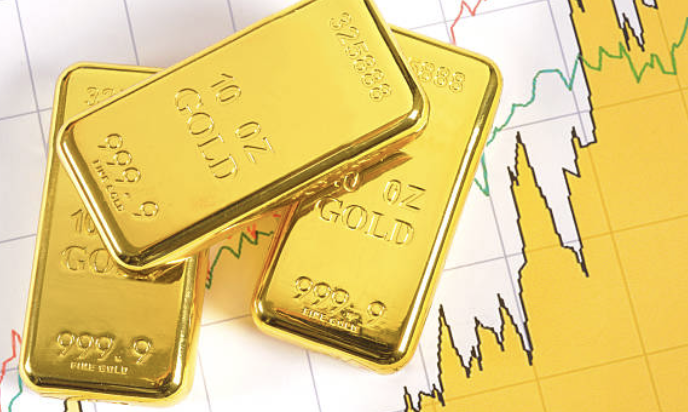
Drake Hampton
Apr 07, 2022 10:30
Silver prices remained stable due to fears about rising inflation.
The dollar strengthens upon the publication of the Federal Reserve's minutes.
Benchmark rates have continued to rise at a faster rate than the rate of tightening.
Oil prices are falling as the US and EIA pledge to release critical stockpiles.
Silver prices fell marginally as concerns about inflation increased as a result of the Ukraine crisis. Benchmark yields increased in response to the Fed's hawkish tone and more active policy. The ten-year Treasury yield increased to 2.61 percent, approaching March 2019 highs. Due to growing risk-averse sentiment, new sanctions on Russia resulted in a surge in gold and silver prices. Oil prices declined 2.2% to $99.73 per barrel as the US committed to deploying 60 million barrels from strategic reserves while EIA members committed to release 120 million barrels. 180 million barrels in total would be released.
The March FOMC meeting minutes, released on Wednesday, showed that the Fed intends to begin shrinking the balance sheet by $95 billion per month in May. Treasury securities would be limited to a maximum of $60 billion and mortgage-backed securities to a maximum of $35 billion, which would be phased in over three months. Additionally, the discussion indicated that future meetings would likely include a 50-basis-point hike. Members favored more aggressive maneuvers. Additionally, the Fed raised its inflation forecast and decreased its economic growth forecast.
Silver prices fell to $24.4 per ounce today as increasing inflation offsets negative pressure from aggressive rate hikes and a strengthening dollar. New sanctions against Russia may act as a tailwind due to silver's safe-haven characteristics. Silver is under pressure to fall to the $24.00 level as yields rise and the dollar strengthens. This circumstance may result in a breach below support for XAG/USD. Near the horizontal trendline near 23.6, there is support. Resistance is located near the 50-day moving average, which is located near 24.5. Short-term momentum shifted negative as the fast stochastic crossed below the zero line, signaling a sell signal.
The medium-term momentum is negative, as indicated by the histogram's negative correlation with the MACD (moving average convergence divergence). The MACD histogram's trajectory is negative but decelerating, indicating an upward trend in price movement.



Apr 07, 2022 10:33